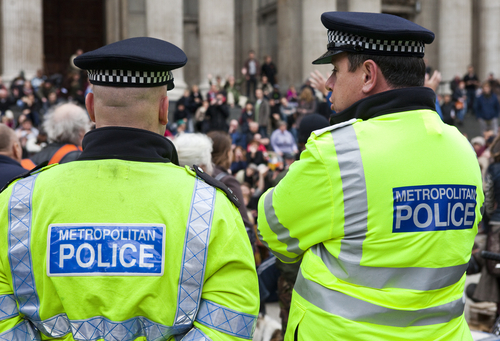Emergency Services Network Delay Could See Service ‘Turned Off’

The latest ESN delay takes its planned implementation six months beyond the expected obsolescence of the current network
The latest delay to the government’s planned 4G-based emergency services communications network could see existing services fail before the new network is in place, the Public Accounts Committee (PAC) has warned.
The government is pushing forward with the development of the new network in an approach the National Audit Office has previously called “high risk” due to the use of untried technology and an ambitious implrementation schedule that was found unlikely to be met.
Service cut-off
The Home Office has now delayed the target date for ESN delivery by nine months, from December 2019 to September 2020, the PAC said in a new study.
But core transmission technology provided by Vodafone for the current Airwave system is due to become obsolete as of March 2020, meaning the network will be essentially “turned off” at that time, according to the PAC.
![]()
“This raised the possibility that emergency services may not be able to communicate with each other after March 2020 until transition to ESN is complete in September 2020,” the PAC warned.
It added that the Home Office’s arrangement with Motorola Solutions, which provides Airwave, means taxpayers will pay substantial sums with no guarantee that services will be delivered.
“We are greatly concerned that the start date for the new system for communication—the Emergency Services Network—is not only delayed but is not likely to be deliverable,” the PAC said, adding that a change of leadership with a new permanent secretary at the Home Office added to its concerns.
Network ‘operational end-date’
Motorola Solutions acknowledged that Airwave’s core transmission network was planned to reach its “operational end-date” in March 2020, but said it was working with the Home Office and Vodafone to identify ways of extending the service.
“We… will be proposing our recommendation in June 2017 to the Home Office,” the company said. “We are committed to a smooth transition of the emergency services from Airwave to the Emergency Services Network (ESN).”
The Home Office said it is working with Transport for London to ensure sufficient wireless infrastructure is available in the London Underground to support use of the new network by the city’s three emergency services, another area about which the PAC had expressed concern.
The Home Office said the first emergency services organisations should move on to ESN by mid-2018.
“We won’t take any risks with public safety and there will be no gap in the emergency services’ communications provision,” said Brandon Lewis, minister for policing and the fire service.
Do you know all about security in 2017? Try our quiz!